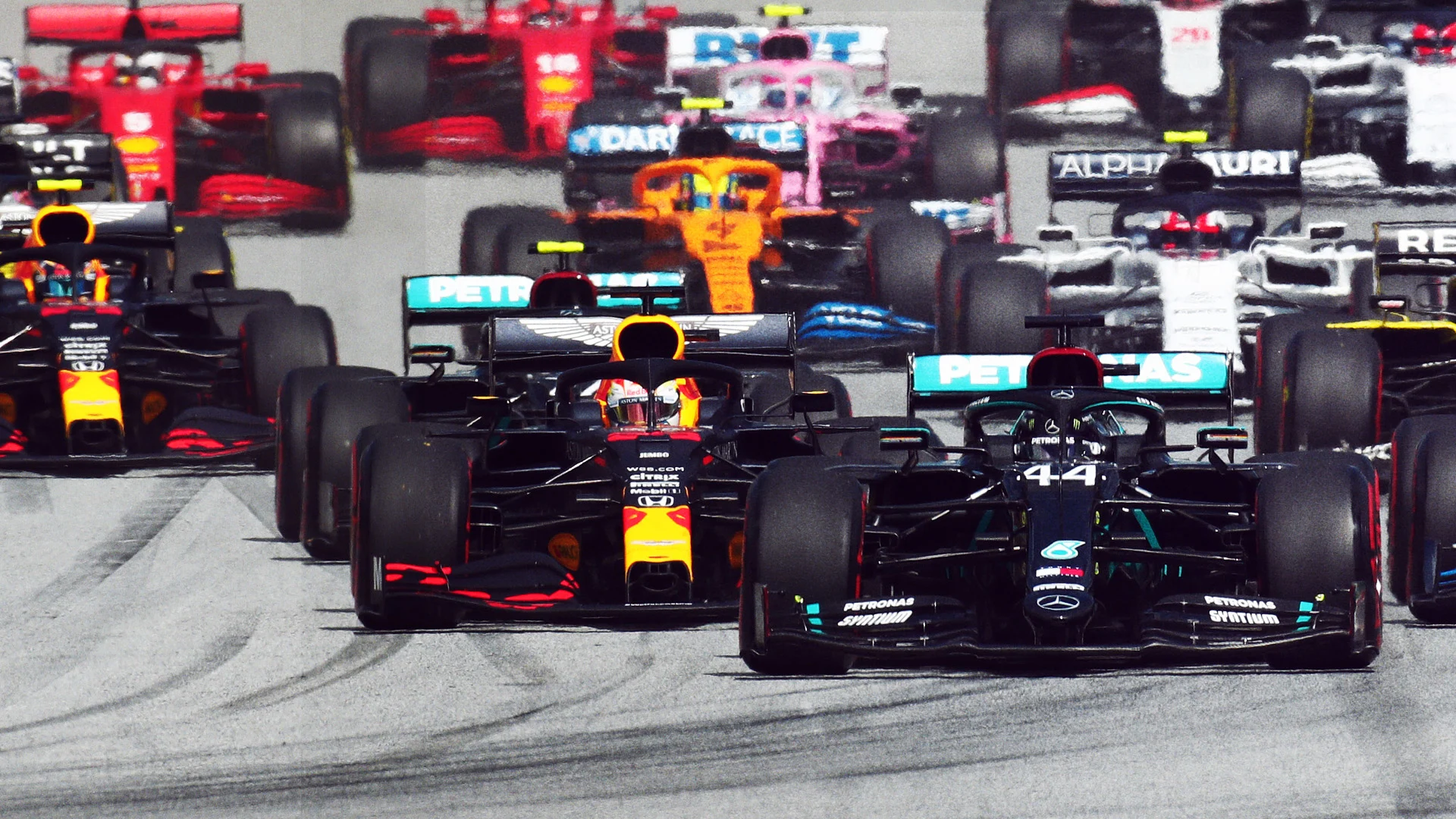
- 09OctPractice 1 -
Cancelled
- 09OctPractice 2 -
Cancelled
- 10OctPractice 3 -
Report
Results
Highlights
- 10OctQualifying -
Report
Results
Highlights
- 11OctRace
Report
Results
Highlights
Results
Where to watch
Circuit

- Circuit Length
- 5.148km
- First Grand Prix
- 1951
- Number of Laps
- 60
- Fastest lap time
- 1:28.139 Max Verstappen (2020)
- Race Distance
- 308.617km
About
When was the track built?
The big, scary Nordschleife version of the Nurburgring was completed in 1927. But after eventually proving too big and too scary for F1, Niki Lauda’s 1976 horror crash in the German Grand Prix forced a re-think, with the more manageable, more modern Grand Prix circuit opened in 1984, with a star-studded roll-call of F1 drivers – including Ayrton Senna, James Hunt, Lauda and Stirling Moss – racing around the track in Mercedes 190 saloon cars to mark the occasion.
When was its first Grand Prix?
The modern circuit got off the mark with the 1984 European Grand Prix and the 1985 German Grand Prix. Falling off the calendar until 1995, it then hosted various races – in German, European and Luxembourg Grand Prix guise – up until 2013, before its 2020 return.
What’s the circuit like?
The Nordschleife it ain’t – but then that’s probably for the best. The modern circuit utilises the start-finish straight of the old Sudschleife track, before the drivers then tackle the tight right-hander at Turn 1 (Haug-Haken) and go on an enjoyable high-speed plunge down to the Dunlop-Kehre hairpin. From there, the track shoots back uphill, with some fantastic high-speed corners leading back to the slow, Hungaroring-esque right-hander that ends the lap.
Why go?
A visit to the Nurburgring a bit of a right of passage for F1 fans – while a quirk of the Nordschleife means that you can turn up in your road car, buy a ticket and drive around the infamous ‘Green Hell’ to your heart’s content. Aside from that, the modern circuit on its own is a great place to watch a Grand Prix, with good vantage points for fans, while the historic city of Cologne nearby is also worth a visit.
Where is the best place to watch?
A spot in the Bilstein stand will allow you to see all the moves going into Turn 1 – which, with its tight radius and multiple line possibilities is a great overtaking spot. Elsewhere, Stand 8 forms a natural amphitheatre around the bottom hairpin, a fantastic place to watch the cars doing battle.
Related Videos

Räikkönen and Giovinazzi take on the 'green hell' of the Nürburgring Nordschleife

Free preview: Jolyon Palmer analyses the Eifel Grand Prix

Top 10 Onboard Moments - 2020 Eifel Grand Prix

2020 Eifel Grand Prix: Nico Hulkenberg's super-sub race

Eifel 2020: DHL Fastest Pit Stop Award

Say What? The best team radio from Eifel 2020
Related Articles
View all.webp) UnlockedHamilton’s ‘miracle’ rise from 14th to victory in 2018
UnlockedHamilton’s ‘miracle’ rise from 14th to victory in 2018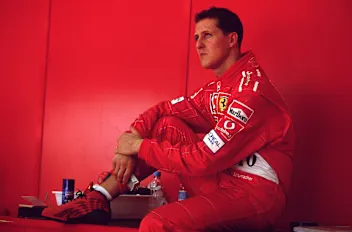 Netflix's new Schumacher documentary to show 'multi-layered personality' of 7-time champion
Netflix's new Schumacher documentary to show 'multi-layered personality' of 7-time champion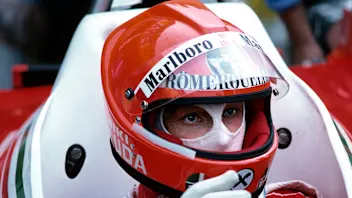 ‘He was like a ghost’ – Remembering Niki Lauda’s comeback from fiery Nurburgring crash, 45 years on
‘He was like a ghost’ – Remembering Niki Lauda’s comeback from fiery Nurburgring crash, 45 years on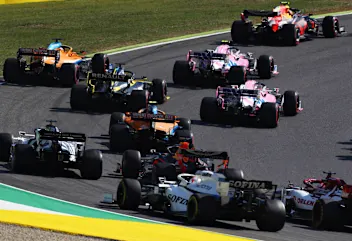 VOTE: What was your favourite race of 2020? It's time to pick the best Grand Prix of the year
VOTE: What was your favourite race of 2020? It's time to pick the best Grand Prix of the year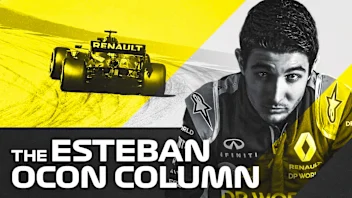 Esteban Ocon on Renault's fight for P3, Alonso's return, and driving the Nordschleife
Esteban Ocon on Renault's fight for P3, Alonso's return, and driving the Nordschleife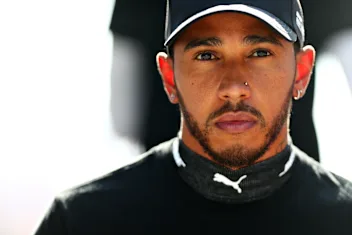 Hamilton taking nothing for granted in title race amid ‘crazy pandemic’
Hamilton taking nothing for granted in title race amid ‘crazy pandemic’

